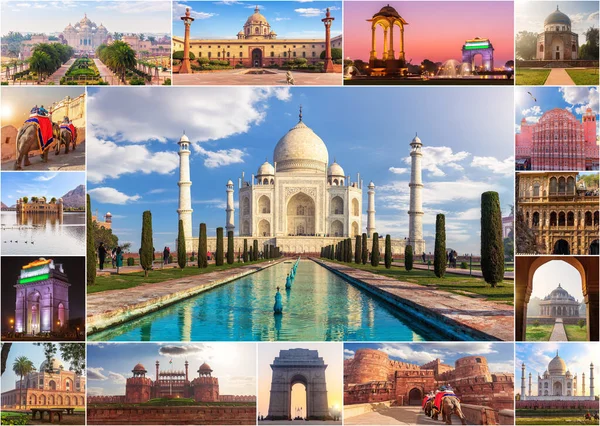Overview
Agra, a city in the northern state of Uttar Pradesh, India, is renowned for its rich history and cultural heritage. Located on the banks of the Yamuna River, it is most famous for being home to the Taj Mahal, one of the Seven Wonders of the World. Agra’s significance extends beyond this iconic monument, encompassing a rich tapestry of historical events and architectural marvels.
History
"City Of Love"
Early History: Agra's history dates back to the 11th century, although its prominence began in the 16th century. It was first mentioned in historical records as a small town under the rule of the Delhi Sultanate.
Mughal Era: Agra's golden age began with the rise of the Mughal Empire. In 1526, the first Mughal Emperor, Babur, defeated Ibrahim Lodi in the Battle of Panipat, establishing Mughal rule in India. Agra became a major Mughal center under Emperor Akbar (1556-1605), who expanded and developed the city. Akbar constructed the Agra Fort, a massive red sandstone fortification that still stands today.
Taj Mahal: The crowning jewel of Agra is the Taj Mahal, commissioned by Emperor Shah Jahan in 1632 to house the tomb of his beloved wife, Mumtaz Mahal. This stunning white marble mausoleum is celebrated for its intricate design and architectural brilliance. It attracts millions of visitors each year, symbolizing eternal love and grandeur.
Post-Mughal Era: After the decline of the Mughal Empire, Agra saw a period of instability, with the city changing hands between various rulers. During the British colonial period, Agra was part of the United Provinces.
Modern Agra: Today, Agra is a vibrant city that blends its historical legacy with modern developments. It continues to be a major tourist destination, with attractions such as the Agra Fort, the Tomb of Itimad-ud-Daulah (often referred to as the Baby Taj), and the Mehtab Bagh garden offering panoramic views of the Taj Mahal.
Agra remains a testament to India's rich historical and cultural heritage, attracting history enthusiasts, tourists, and scholars from around the world.
Tours in
Agra
₹0.00
0
(0 Reviews)
₹0.00
0
(0 Reviews)
₹0.00
0
(0 Reviews)
₹0.00
0
(0 Reviews)
₹0.00
0
(0 Reviews)
₹0.00
0
(0 Reviews)
₹0.00
0
(0 Reviews)
₹0.00
0
(0 Reviews)





